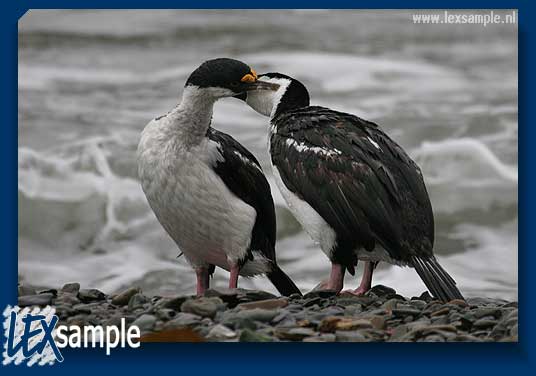 |
On the pebble beach South-Georgia Shags (Phalacrorax atriceps georgianus) are preening each other's feathers.
|
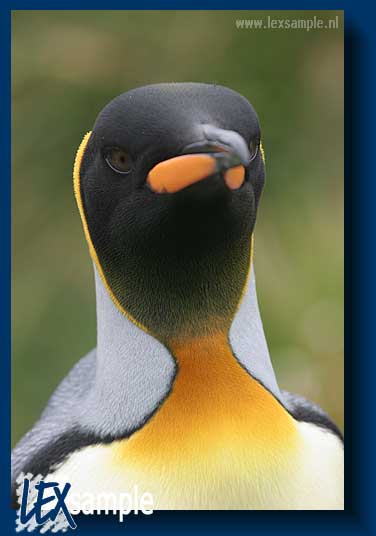 |
Portrait of a King Penguin. Young penguins are more yellowish than orange coloured.
|
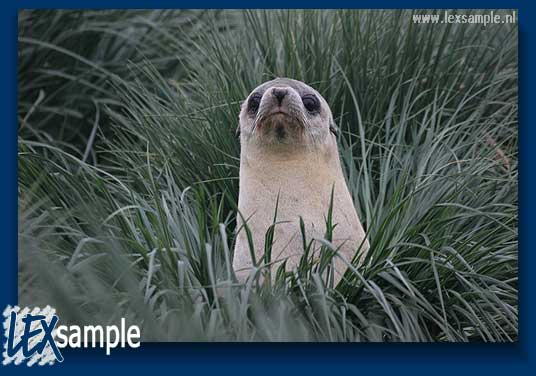 |
| Young fur seal among tussock grass. Sealing started in South Georgia in 1778 after captain Cook reported high numbers of this animal. Fur seals were protected by law in 1908 after nearly having being extinguished; today their numbers have increased a lot. A 1990 census estimated their population at 1,5 million. |
 |
The sound of fur seals playing with each other in a pool of water in the harbour of King Edward Point on South Georgia.
|
|
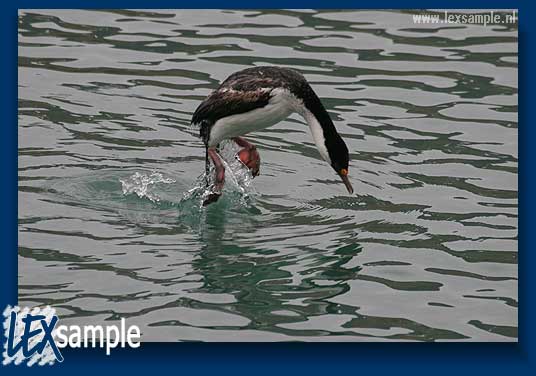 |
Right before the South-Georgia Shag dives under water, it jumps up to get deeper into the water.
|
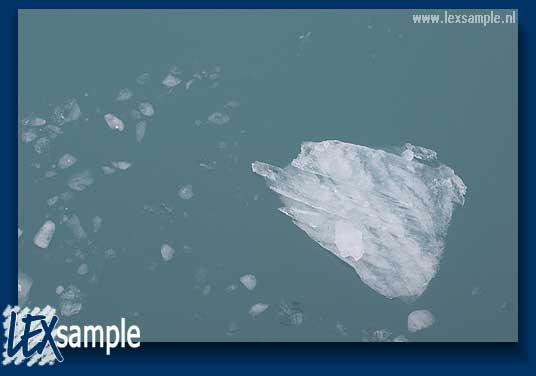 |
All around South Georgia the sea is green, a colour which is caused by melting water from the glacier.
|
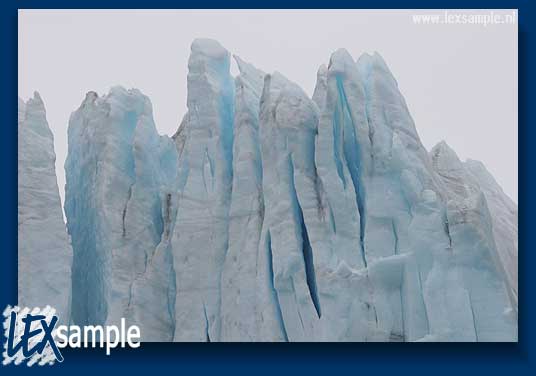 |
The Nordenskj÷ld glacier is like an impressive blue cathedral: high towers of ice rise up in the silence which is interrupted only by the cracking of ice and the scream of an Antarctic Tern.
|
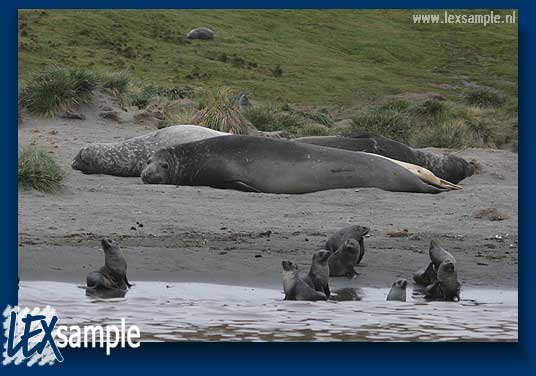 |
In Ocean Harbour fur seals and elephant seals (Mirounga Leonina) are lying on the beach. The latter are much larger then the former; the males may grow up to 5 meters and weigh about 5,000 kilos.
|
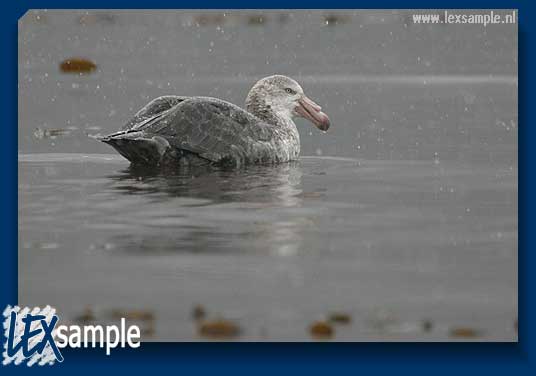 |
A Giant Petrel in the drizzling sleet falling on Ocean Bay.
|
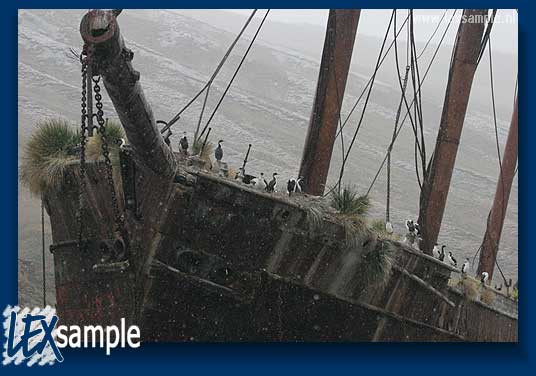 |
The wreck of the Bayard in Ocean Harbour is inhabited by a colony of shags.
|
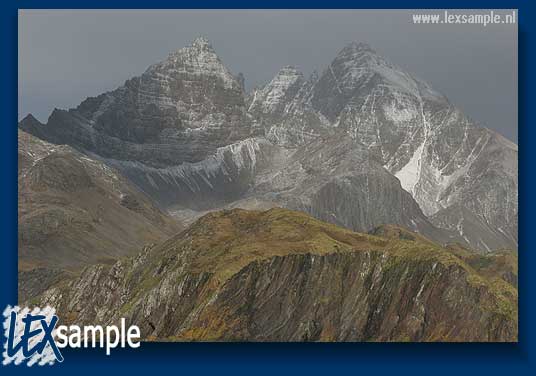 |
Mountains on the coastal area between Possession Bay and Salisbury Plain.
|
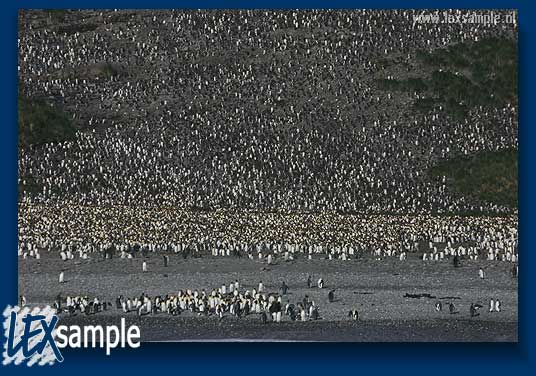 |
The number of King Penguins has increased over the last 80 years with 5% per year.
|
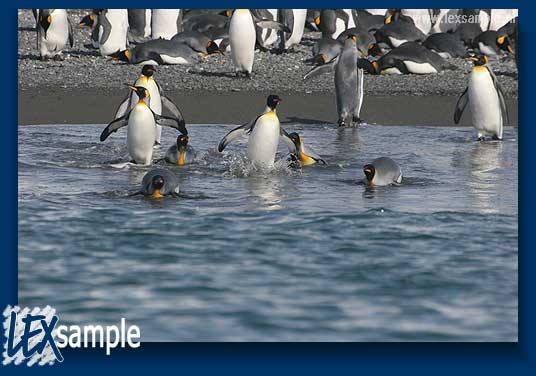 |
A group of King Penguins leave their colony at Salisbury Plain to go out hunting.
|

 Next
Next